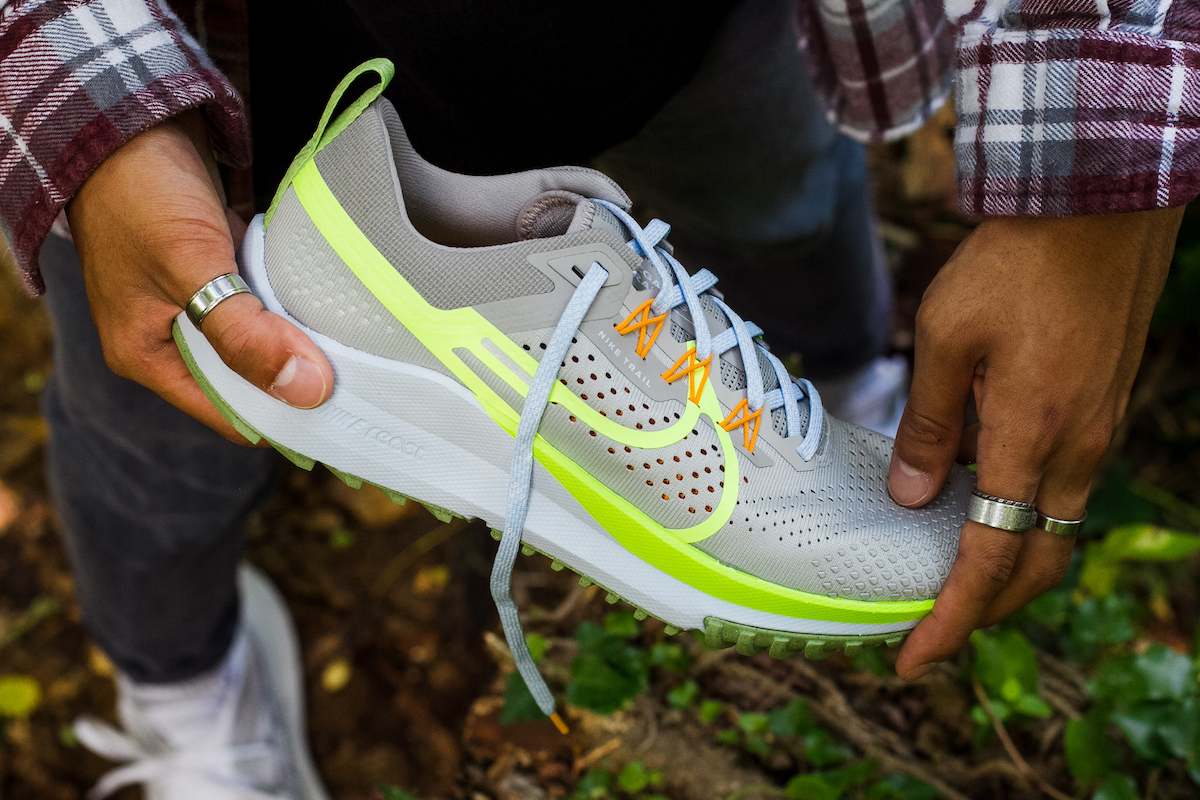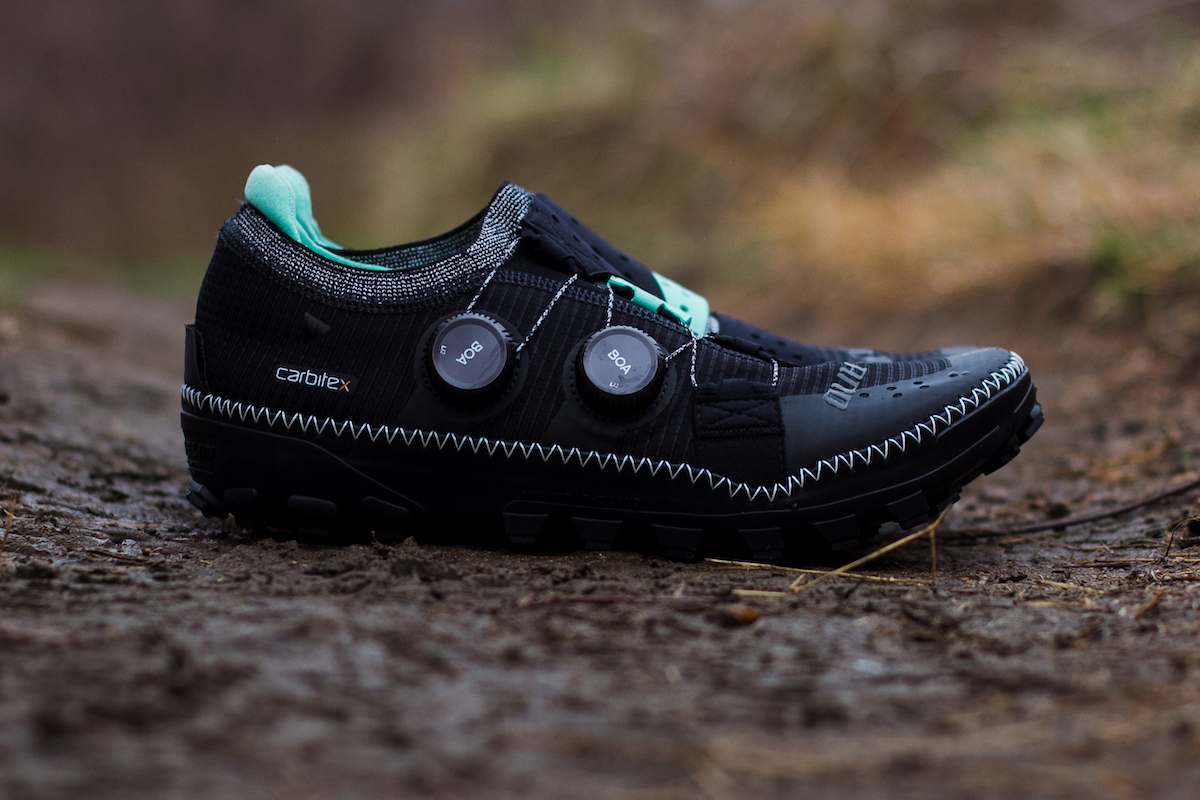
TAYLOR: Last year, Speedland co-founders Kevin Fallon and Dave Dombrow changed the trail running landscape (for better or for worse) when they released the most premium of trail shoes at an eye-popping $375 price point. Their justification? After decades of time spent working for big brands, they wanted to create a shoe that didn’t cut corners. So they kept all of them and more with the debut of the SL:PDX. The shoe contained a veritable wishlist of footwear components: Carbitex AFX plate, dual-dial BOA Fit System (the first running shoe to ever do it), Pebax midole, Dyneema-infused upper, and Michelin outsole.
And yes, while that price point was out of reach for a lot of runners, it still began to pop up at races and places around the U.S. (though we should note an Alphafly lasts half as long and only costs $100 less). Speedland stock futures also got a nice boost when Dylan Bowman, the current figurehead of trail running, joined the team and gave the shoe his seal of approval.
Of course, we reviewed the SL:PDX when it came out, and when the dust settled in 2021 it took home some top spots in our end-of-year awards for 2021. What made that shoe so special was its focus on creating footwear for the right reasons rather than flinging another trail shoe into the void. It took a no-compromise approach with all of the most premium materials.nWe all agreed that it was the most secure, best-fitting trail shoe we’d ever worn. To me, that was the key to Speedland’s success. No matter where Speedland goes in the future, the SL:PDX will always be a shoe that raised the standards.
Now, it’s time for an encore. Speedland’s sophomore effort arrived as an almost identical package, though there are a few tweaks. The SL:HSV is more of a variation on the original than a new creation. Think of it as an Irish Mule — a classic formula revamped for different tastebuds. The SL:HSV pays homage to the gnarly Beast Coast trails of Huntsville, Alabama, where Speedland athlete Liz Canty cut her teeth on her way to becoming the East Coast’s top female trail runner. Speedland’s broad strokes remain the same, but Canty’s touches are visible throughout the plate, outsole, and the BOA fit system.
Here’s a rundown of the improvements on the shoe:
• Integrated gaiter attachments
• Anodized aluminum BOA Fit System Li2 dials for better grip in wet conditions
• New Michelin OCX 3 outsole compound for increased stickiness on wet surfaces
• Upgraded Carbitex plate
• Personalized Liz Canty design details on toe box and removable midsole
That said, most of these changes are slight modifications and not a total overhaul, so the fit and feel of the SL:HSV is nearly identical to the SL:PDX. Since the two are so alike, you should probably check out our in-depth review of the original before we get much further. Once you’re done, come on back for a better taste of the changes. Hopefully we’ll be able to answer one key question: Will these subtle changes enhance or dampen the Speedland experience?
MICHAEL: Waterline, Dummy Line, Panther Knob, Stone Cuts, Certain Trail, Goat Trail, Devil’s Racetrack, Old Railroad Bed, Death Trail, Mountain Mist– the list goes on. These are just a few beloved trails in my collegiate hometown of Huntsville, Alabama. And yes, it’s a pure coincidence that Believe in the Run has a trail reviewer from the same place for which the SL:HSV is named after.
When I started college, I had no idea how much these trails would eventually mean to me. Now I realize that they’ve probably seen more of my true self than most people have. They’ve seen me joyful and frustrated, lonely and fulfilled. I’ve made new friends, fallen in love, and broken bones, all on these trails.
So, you can only imagine my excitement when I heard that one of Huntsville’s most accomplished trail stars, Liz Canty, was developing a shoe with Speedland specifically for the terrain and trails that lie at my core. All that to say, it’s important that I honor these trails. The question is whether or not the SL:HSV can do the same.
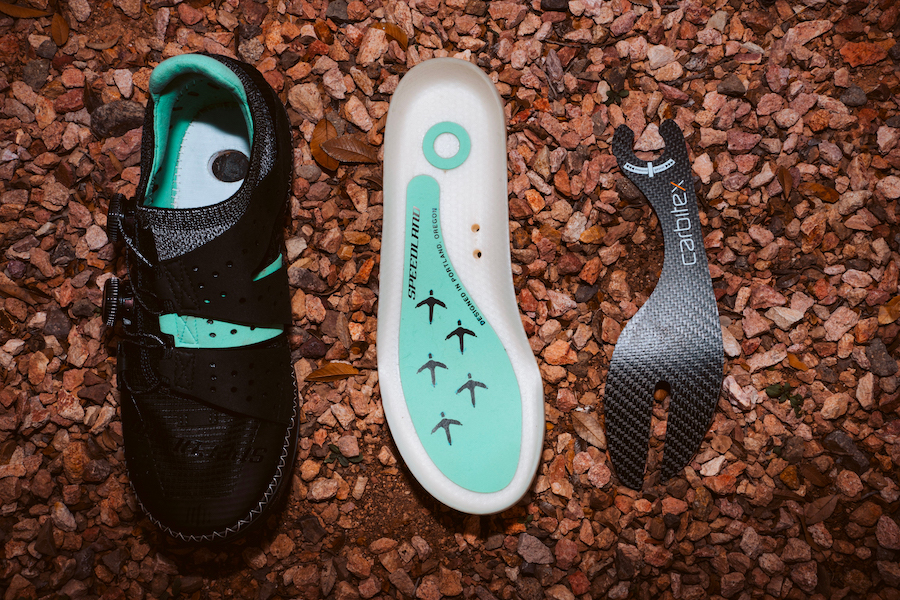
TAYLOR: I can’t help but dive in right where I started the SL:PDX review. There’s simply no comparison to the fit that Speedland has created. The SL:HSV has the same foot-shaped mold, comfortably secure Dyneema upper, and a new BOA Li2 dual-dial fit system. It’s the most secure-fitting shoe you’ll ever put on your foot. The overall fit is one of the most important parts of all of our trail reviews — when it’s good, we’ll make sure you know about it. There aren’t too many trail packages that even come close in terms of fit. Examples that come to mind are the La Sportiva Cyklon, Merrell Long Sky 2, and the SL:PDX (of course).
As for the new BOA dials, they’re aluminum rather than plastic and they’re more low profile. The low profile part is important because you don’t want to be banging your dials on rocks. If you’re nerdy enough, you’ll notice that the new dials pull in the lace from both sides of the dial, making it quicker to adjust. Some runners have mentioned running into trail mishaps and the BOA system breaking. Actual breakage is pretty much impossible (and no, it’s not the lacing which is infused with indestructible Dyneema). However, in the past, the BOA cap has been susceptible to pop-offs on extreme slams against rocks. With a lower profile dial, the chances of this happening are greatly reduced, and if it does pop off, you can just pop it back in without any extra tools.
Anecdotally, the only complaints I ever heard about the Speedland SL:PDX (other than price, of course) was the outsole rubber. Some people just didn’t find it tacky enough. I didn’t run into such an issue too much during summer in Colorado, but it’s an issue I heard about. Speedland silenced the doubters this time around, reworking the formula for a new layer of rubber. It’s made from Michelin’s OCX3 rubber, which is tacky on almost any terrain, especially wet surfaces. I’d go so far as to say it’s approaching MegaGrip territory. Speedland kept the same outsole pattern with clippable lugs, which is good. It’s grippier than ever, and one of my friends noticed more of a digging action as we pounded across the trails.
Another one of Speedland’s updates lies in the Carbitex plate. I don’t know what the actual improvements are, but supposedly Carbitex made it better. It’s still removable and flexible in one direction (i.e. flexes with the natural motion of your foot) but stiff in the other. To be honest, I didn’t feel much of a difference compared to the SL:PDX, which is a good thing. I felt protected enough from the elements, but there’s still a touch of ground feel and solid responsiveness with the plate inserted.
Gaiter attachments will never hurt a trail shoe’s overall score. They’re light and simple to apply. It’s the same here for the SL:HSV — bonus points for versatility.
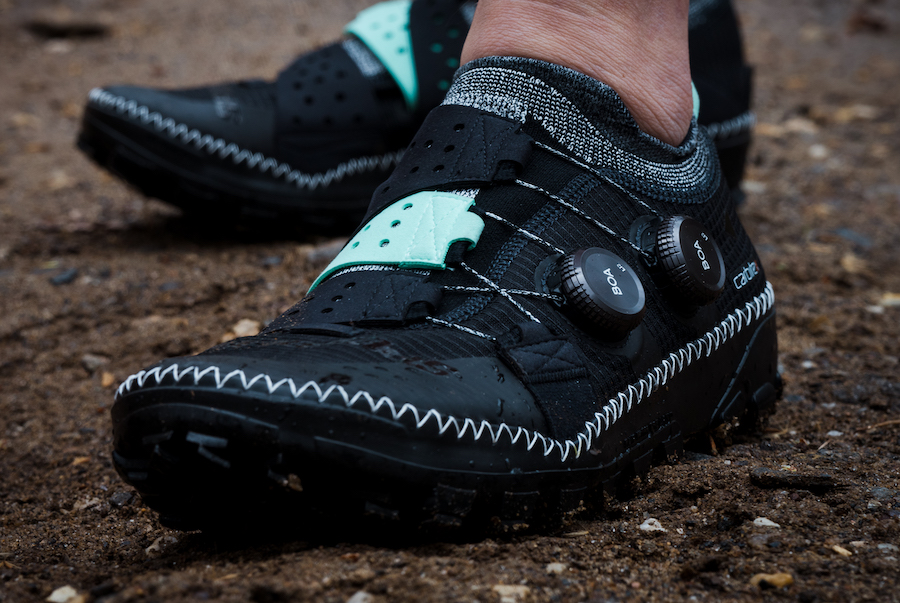
MICHAEL: As a first-time Speedland user, I was initially impressed by the attention to detail on the shoe as a whole. It wasn’t a surprise, but it’s tough to wrap your head around until you’re holding (and wearing) the shoe. After all, Speedland has garnered plenty of attention for its no-holds-barred approach to designing and building trail shoes. The soft heel collar, perfectly tuned midsole, BOA Li2 fit system, and indestructible upper are all features that remind me what it’s like to have a brand listen to its athletes.
Most of these features unite the Speedland SL:PDX and SL:HSV models as siblings, but there are a few elements unique to the SL:HSV, namely the gaiter attachments and stickier outsole compound. I can’t speak to the performance of the gaiter attachments, but the new Michelin rubber compound was generously sticky and performed well on the Alabama limestone and sandstone it was developed for. One friend on a Tuesday night trail run recounted Liz’s design conversation with Speedland in a similar fashion to Ron Swanson asking for “all of the bacon and eggs you have.” Except in Liz’s case, it was, “give me the tackiest outsole you have,” and Michelin obliged.
This has been said time and again, but it deserves to be repeated: the fit of a Speedland shoe is absolutely stellar. This shoe is built for running on that red line on technical terrain while still feeling in control, Top Gun: Maverick style, and man is it fun. While it took me a little while to get the fit dialed in (no pun intended), the dual-dial BOA system, combined with three individual straps, provided the perfect lockdown for ripping down technical descents. Previous BOA closure shoes I’ve tried (namely, the Saucony Switchback 2) have provided good lockdown, but don’t isolate each dial and pull loop like the Speedland system.
At first, I was careful to not overtighten the shoe and was initially disappointed with the amount of sliding around in the bootie-style upper. However, I quickly found that unlike any other shoe I’ve tested, I could continue to tighten down the closure as much as I wanted without any pain. The fit was always tight and secure, yet never constricting. Of course, over the course of a long race, feet are prone to swell and the terrain is prone to change. Luckily for the HSV, one counter-clockwise turn of the BOA dials loosens the fit just slightly.
I’ll come back to the downsides of a lack of cushioning and protection in the shoe later, but the SL:HSV makes for a wonderful short-course, technical southeast trail ripper. The deep lugs (as long as you don’t decide to cut them all down, but seriously who would do that) do a fantastic job of managing slick and sloppy trails, and the flexibility in the Carbitex plate provides great ground feel. If you’re looking for a durable 50K and under shoe for seriously wet and technical trails, and have money to spend, this will be a great shoe for you.
Also, the Speedland SL:HSV is plenty durable, and will last north of 500 miles if I had to guess. Since the upper is so durable, you could probably push the tall lugs for 300 miles, then when different outsole zones start to wear out, you cut the lugs down and you’re left with a ‘new’ shoe more suited for dry trails. So, while that $375 price is still wild, if you play your cards right, you could end up with two different shoes for the price of… well, three shoes.
Finally, the styling of the shoe is fantastic. Sure, there’s a good amount of the SL:HSV that I won’t be tempted to celebrate, but the black and mint colors complement each other perfectly. I’m also a sucker for the insole details paying homage to the Pinhoti trail (I literally got engaged on the Pinhoti trail).
Shop Speedland SL:HSV – Unisex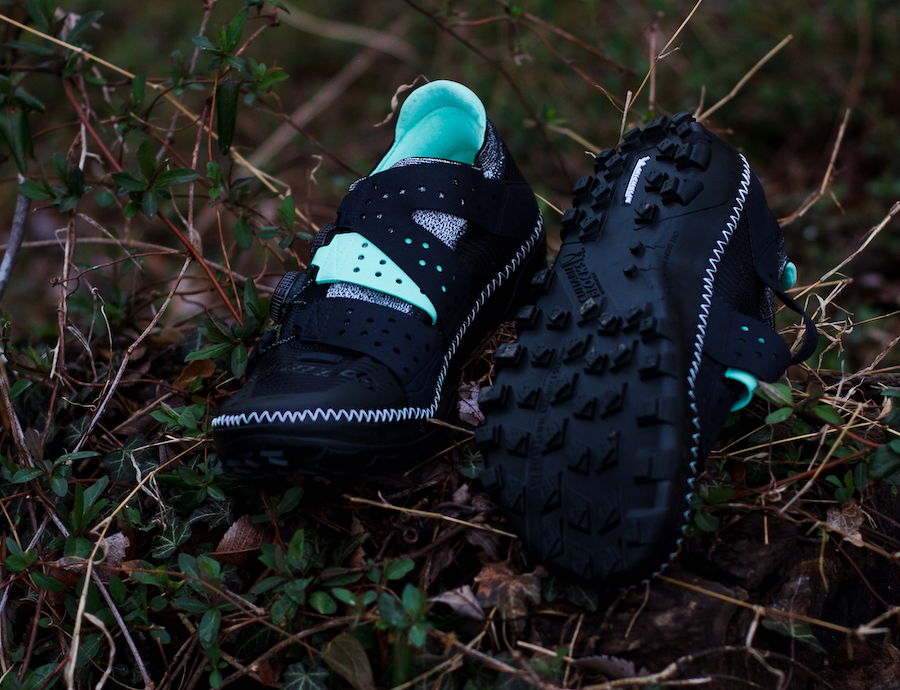
TAYLOR: Blab about cost all you want, but we’ve been over this already. Yes, $375 is a butt load of money. Could I personally spend the money to get the shoe? No, but some can. The performance components are so high, that many are taking the deep dive. You get what you pay for. That’s all I’m saying about that.
I’ll go a little more in-depth about weight, though. The SL:HSV is slightly heavier than the SL:PDX. That mostly comes from the outsole. The new rubber is a heavier, grittier compound. You win some, you lose some. My particular pair came in at a full ounce heavier than the SL:PDX. In my case, that’s a significant jump in weight. It seems, though, that my sample was not the average weight gain for the crop. My US M10.5 weighed in at 12.6 oz.
One caveat to the weight is that the SL:HSV feels lighter than it actually is and we can thank the fit for that. It’s such a beautifully fitting package that the whole shoe feels supremely nimble — even when carrying around a little extra weight. With many race-day shoes (which this does not necessarily claim to be) pushing the envelope in weight, the SL:HSV very obviously does not. I’ve thought of taking this on multiple races or peak FKT attempts, but when it comes down to it, I end up going for a lighter shoe. I’m sure there are some developments on the horizon to tackle this issue. Day-to-day, the package is a no-brainer though.
Warmth is another aspect to be aware of. Dyneema is basically indestructible but doesn’t exactly breathe.
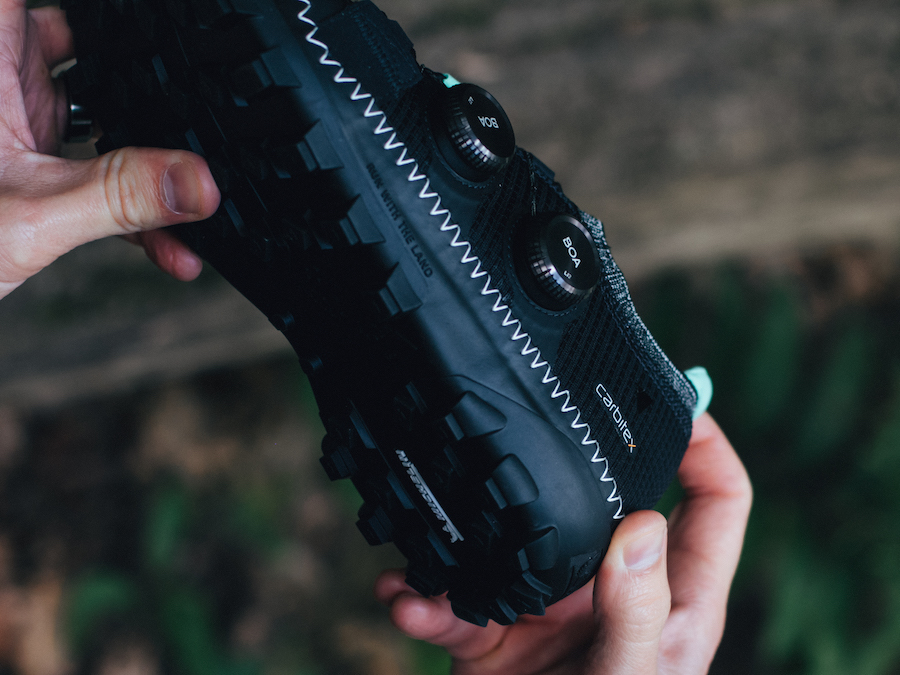
MICHAEL: While many aspects of the SL:HSV are purpose-built for the demands of southeastern climates and conditions, there are a few aspects of the shoe I found to be cumbersome or uncomfortable.
For starters, I found the elastic ankle collar to be a bit of a nuisance, especially when braking on downhills. Even after tightening the shoe a seemingly excessive amount to prevent slippage, the collar would cut into the skin underneath my ankle. This, of course, may not be an issue for everyone, but just something to keep in mind, especially if you prefer a looser-fitting shoe.
Second, the lack of cushioning severely limits the range of race distances I’d feel comfortable recommending the shoe for. While it sports a medium-high stack height, not much of that stack is legitimate midsole foam. The Pebax midsole is a brilliant compound, I just wish there was more of it. As a result, I’d recommend the shoe primarily for race distances up to 50k, but not much more. The ride is simply too harsh, and even with the inserted Carbitex plate, the shoe didn’t provide enough protection for me (especially on the rocky, rooty trails in Huntsville). Any less than 50k, however, and the ground feel can be tolerated.
This is gonna be an unpopular opinion, but I found the Carbitex plate kinda useless. I know, not what you want to read when you’re trying to talk yourself into a $375 trail shoe, but it’s true. While the idea of a removable super plate sounds cool, I think the SL:HSV would have been just as solid with a nylon plate instead of a carbon one. Let me explain…
In today’s market, there seem to be two types (or uses) of carbon plates. Some are bottom-loaded, like in the Hoka Carbon X 3, and promote good biomechanics and foot striking to roll through your stride. These plates are often married to a noticeable rocker to further encourage the smooth stride. Others are considered middle-loaded plates. These tend to go further than just providing stability. Most middle-loaded plates help to compress and propel some layer of super foam like ZoomX or PWRRUN PB to launch you forward. Long story short, I didn’t find that the Carbitex plate in the Speedland SL:HSV did either of these things. There’s not enough rocker for it to roll you forward, and there’s not enough of the Pebax foam for it to help compress.
As a caveat, it might just be my foot. The Carbitex plate might work great for others, but it felt more like a glorified rock plate to me. Good news? You can remove it.
Last, and unfortunately not least: the weight. While the Speedland SL:HSV fits well, grips well, and has decent cushioning, it misses on weight. For a shoe with not much ground protection, 10.7 oz. is just heavy. You get a lot of premium material for that weight, but I don’t think it would be asking too much for Speedland to trim it back. By comparison, the Hoka Tecton X comes in at about 8.5 oz. and $175 cheaper than Speedland’s offering. No, the Tecton X doesn’t have as aggressive of an outsole, but the Saucony Endorphin Edge is winning praise and has a better mix of both weight and aggression (though not nearly as good of an upper fit). Again, it’ll come down to preferences.
Shop Speedland SL:HSV – Unisex
TAYLOR: I feel like our applause is still reverberating from Speedland’s first showing. The SL:HSV is an almost identical shoe, so we’ll keep the praise going (or at least, I will). This is truly a hyper-performance shoe with all the bells, whistles, and quality you could hope for.
I was impressed with the subtle but worthwhile updates that make the Speedland SL:HSV a familiar experience, yet an improved one for the sloppy and technical terrain. Fit plays such a key role in this package, and it’s one thing I hope won’t change for a long time to come.
Speedland has created another premium model that gives the trail running industry something to aspire to. Its triumphs far outweigh its tribulations, and I look forward to seeing how Speedland might revamp the form factor once again for an all-out speed shoe.
MICHAEL: Maybe I set my expectations too high coming into this shoe. All in all, I found the SL:HSV a bit disappointing, but I may have set myself up for failure in the expectations department (to be fair to myself, it is a $375 shoe). On race day, it doesn’t check enough boxes for me to make it a legitimate race-day contender against the likes of the Hoka Tecton X and Saucony Endorphin Edge. However, Speedland nailed the premium materials and exceptional fit, and for the right person, this shoe can hit a home run.
While I think it’s a bit of a miss for its mix of weight, lack of cushion, and sky-high cost, I have no doubt Speedland has more greatness in its future (they’ve already teased the max cushion prototype recently worn by Liz Canty when she set the course record for the Cruel Jewel 100). Its no-holds-barred, out-of-the-box approach means it’ll be back before long with another trail shoe that’s sure to change our idea of what the category can be — even if our wallets have to shed a few tears.
You can pick up the Speedland SL:HSV for $375 by using the shop link below.
Shop Speedland SL:HSV – Unisex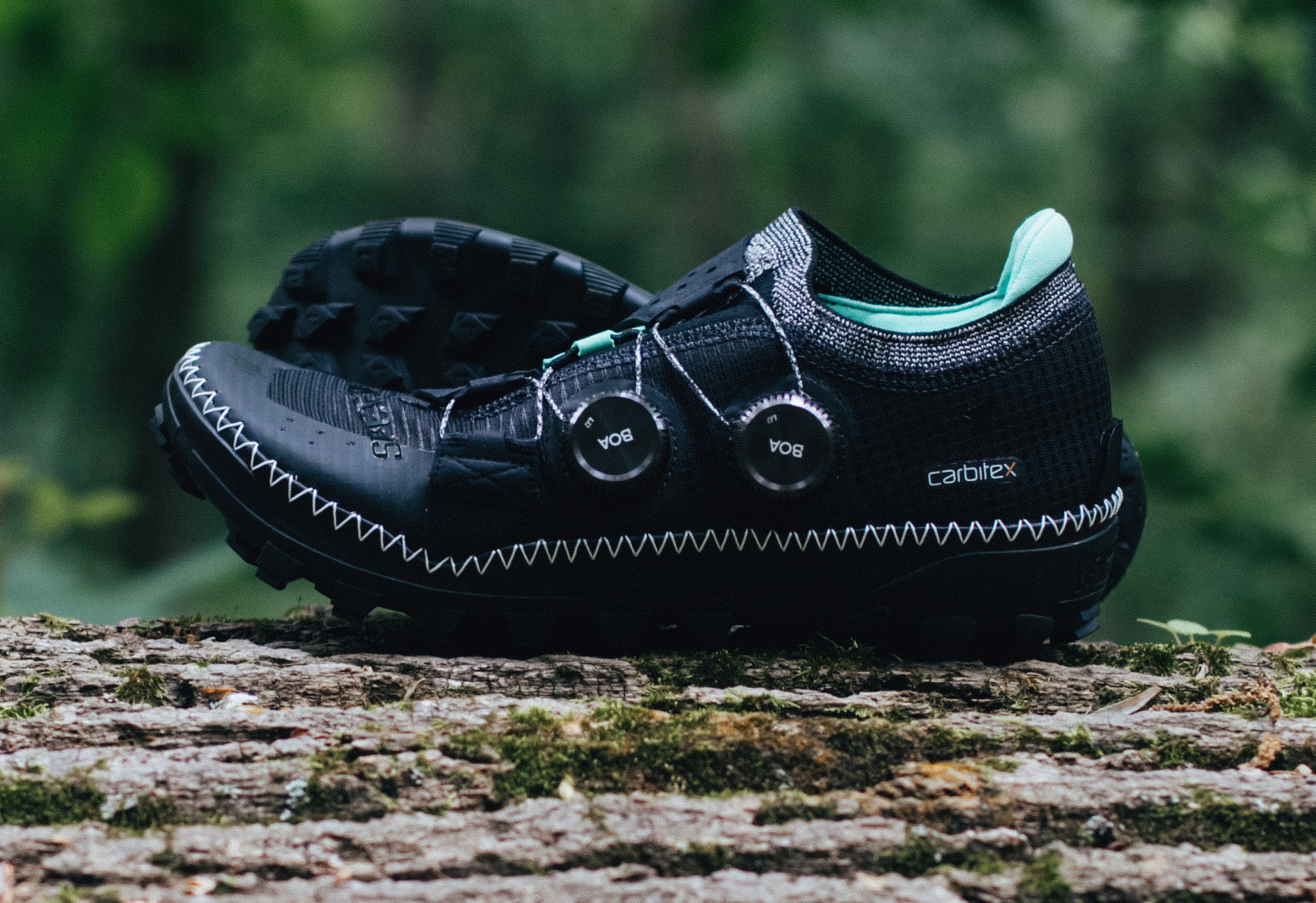
Want to learn more about how our review process works? Check out this guide.
Have something to say? Leave a Comment
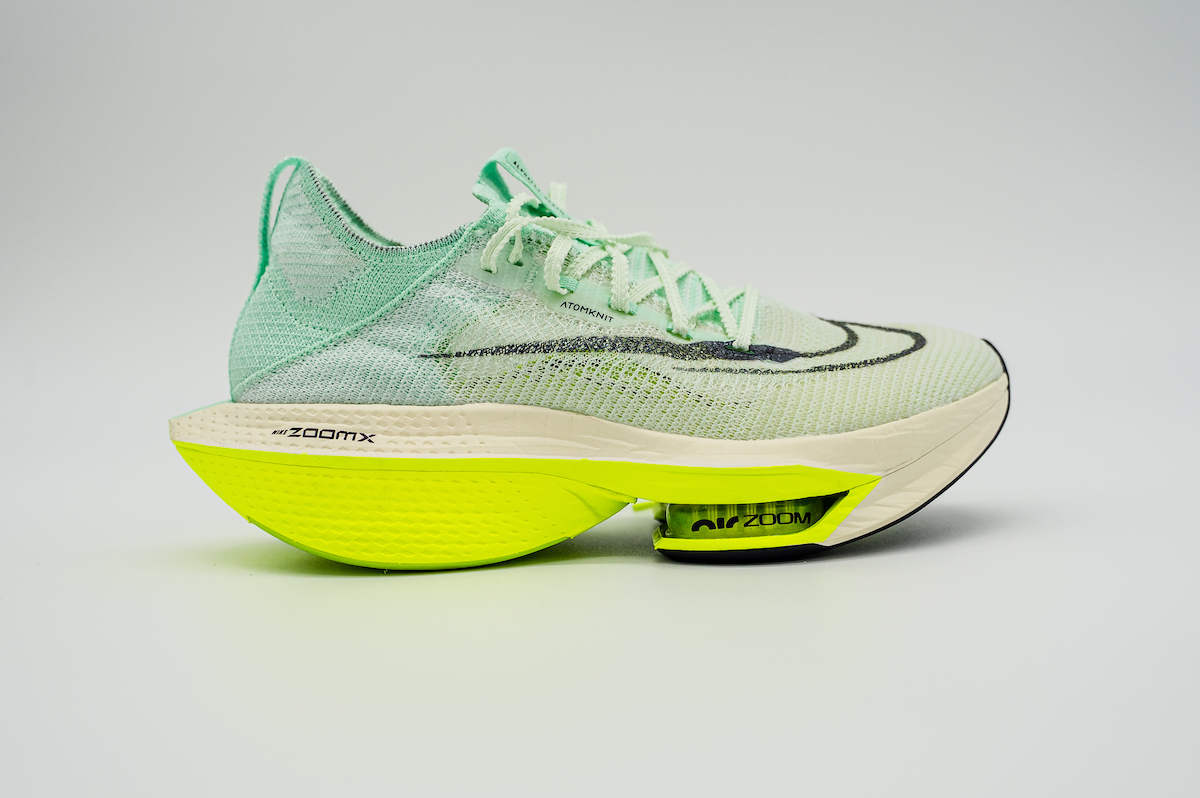
 Read Article
Read Article
